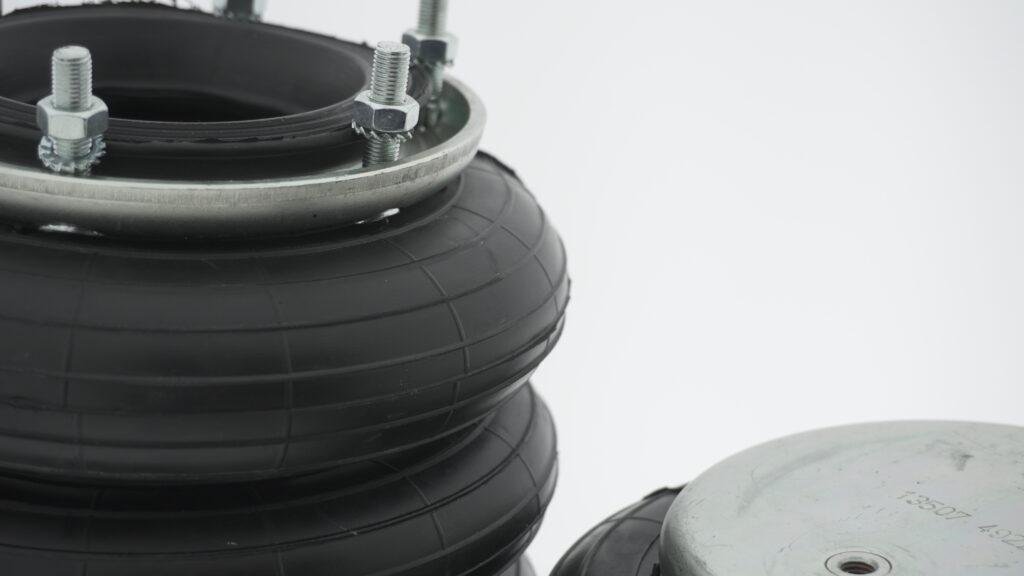
Predictive analytics for air spring maintenance is transforming how industries manage reliability, uptime, and operational costs. Predictive analytics for air spring maintenance involves collecting real-time performance data to predict failures before they occur. Additionally, sensors embedded in air springs monitor load, pressure, and temperature, sending information to centralized systems for analysis. This proactive approach enables maintenance teams to schedule interventions precisely when needed, avoiding costly unexpected downtimes. Moreover, predictive models extend air spring service life by preventing minor issues from escalating into major failures. Along with improving equipment availability, predictive maintenance helps optimize spare parts inventory and reduce labor costs. Furthermore, companies can enhance safety by addressing issues before they compromise operational stability. As industries adopt smarter manufacturing strategies, predictive analytics becomes essential for achieving efficiency targets. Therefore, predictive analytics for air spring maintenance is a critical advancement supporting modern, connected, and sustainable industrial operations across various sectors.
How predictive maintenance improves reliability
Reliability is significantly improved by applying predictive analytics for air spring maintenance in industrial systems. By monitoring key indicators like pressure loss, vibration patterns, and stroke limits, predictive algorithms can identify early signs of air spring degradation. Consequently, corrective action is taken before failures impact production schedules or damage surrounding machinery. Unlike traditional preventive maintenance, which relies on estimated service intervals, predictive analytics targets interventions based on actual equipment condition. This approach minimizes unnecessary part replacements and labor expenses while maintaining system uptime. Furthermore, early identification of issues reduces the risk of catastrophic failures, which could otherwise cause extensive downtime. Historical data from air spring monitoring also helps improve predictive models over time, refining accuracy. With more precise predictions, industries can allocate maintenance resources more effectively. Therefore, implementing predictive analytics for air spring maintenance boosts overall system reliability, operational safety, and lifecycle cost efficiency.
Data-driven maintenance planning and cost savings
Data-driven planning is a major advantage of predictive analytics for air spring maintenance, enabling smarter and more economical operations. Collected sensor data highlights usage patterns, wear trends, and environmental impacts affecting air spring performance. Consequently, maintenance teams move from reactive repairs to strategic planning, avoiding emergency interventions. Scheduled servicing based on actual wear extends the time between maintenance events, reducing labor costs significantly. Additionally, knowing when and where maintenance is required optimizes spare parts inventory, lowering storage expenses. Predictive insights also allow manufacturers to design better air spring systems by understanding real-world operational stresses. Moreover, combining predictive analytics with enterprise resource planning (ERP) systems improves budget forecasting and asset management. These efficiencies lead to measurable cost reductions across equipment life cycles. Therefore, predictive analytics for air spring maintenance provides both immediate operational benefits and long-term financial savings for industries embracing smart maintenance practices.
Challenges in implementing predictive analytics
Despite its advantages, implementing predictive analytics for air spring maintenance comes with challenges that must be addressed carefully. One major hurdle is the initial investment required for sensor installations, data processing systems, and analytical software. Additionally, industries need to ensure data quality and integrity to produce accurate predictions. Poor calibration or incomplete data sets can lead to false alarms or missed failure indicators, undermining trust in the system. Furthermore, integrating predictive analytics into existing maintenance workflows requires organizational change and staff training. Resistance to adopting new technologies can slow down implementation efforts. Cybersecurity also becomes a critical concern when transmitting real-time operational data over networks. Data protection strategies must be implemented to prevent unauthorized access and ensure compliance with regulations. Despite these challenges, the benefits of predictive analytics for air spring maintenance outweigh the barriers when properly managed. Therefore, careful planning and execution are key to successful adoption.
